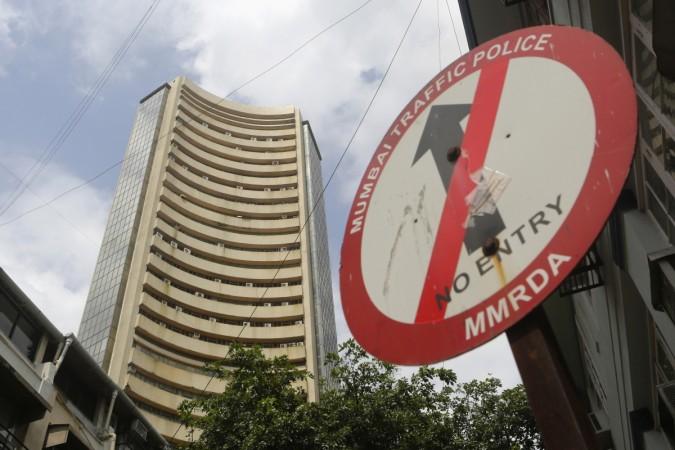
Foreign investors continued to show cold shoulders to the Indian markets as they remained net sellers of Indian debt and equity through the month of October.
The development is significant with the fact that in October, the foreign portfolio Investors (FPIs) sold the highest amount of equity and debt in nearly last two years. This outflow of capital has kept the pressure on the Indian rupee in recent times, although the currency has corrected after reaching its all-time low levels.
The data from the National Securities Depository Ltd. shows that the FPIs have offloaded Rs 1 lakh crore across the debt and equity markets. The steepest withdrawal was witnessed in the month of October where an amount of Rs. 38,906 crore was taken out which is highest since November 2016.
The equity segment reported the higher withdrawal as against debt. According to Madhavi Arora, an economist at Edelweiss Securities, the development shows that the global sentiment over the equity market has been weak in the month of October which is in contrast with the yearly trend where the foreign investors have sold more Indian debt than equities.
The reason attributed to the outflow of money parked in the debt market is that debt had contributed to a significant inflow of funds last year and this trend has just reversed this year.
Bloomberg reported that FPI had invested Rs 1.48 lakh crore into the Indian debt market last year and until the end of the month of October they have already withdrawn Rs 58,864 crore. The outflows could give sleepless nights to the officials of the finance ministry as it would put an additional pressure on to the current account deficit (CAD) which is likely to increase anywhere between 2.5-3 percent of Gross Domestic Product (GDP).
In a report, HSBC experts have predicted the balance of payments deficit to remain in the tune of 0.5 percent of GDP for the running year. The report said that "The widening growth differential of India with the world could raise the current account deficit, but it could attract more growth-sensitive capital inflows. However, assuming no major increase in rate-sensitive inflows, the Balance of Payment (BoP) could remain in deficit, of close to 0.5 percent of GDP."












